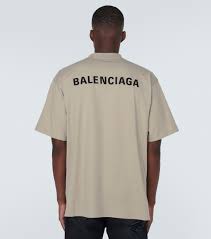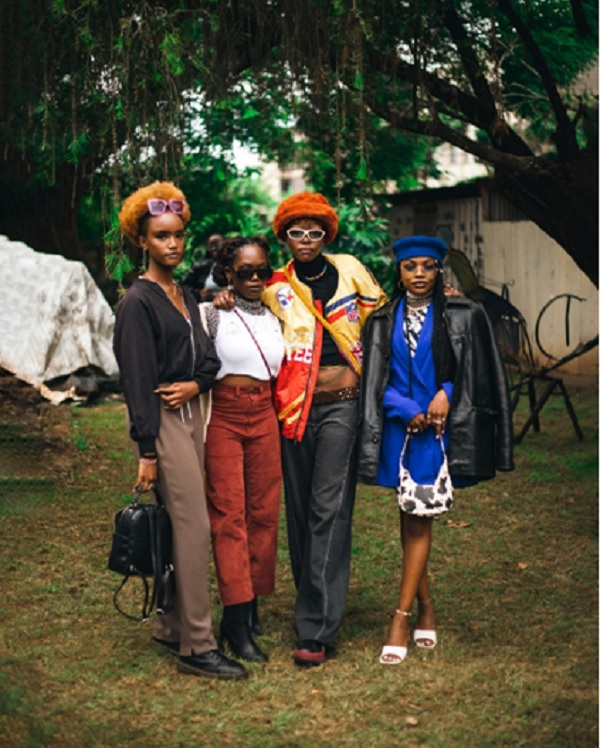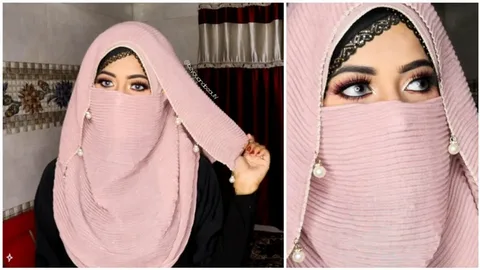Introduction
In the ever-evolving world of high-end fashion, few brands have made as bold a statement as Balenciaga. Renowned for its innovative designs and willingness to push boundaries, Balenciaga has become a defining name in luxury fashion. With its ability to merge street style with traditional high-fashion elements, the brand has redefined the fashion landscape and set new standards for what luxury fashion can be. But how exactly has Balenciaga achieved this status? Let’s delve into how this iconic fashion house is shaping the future of high-end fashion and paving the way for a more progressive industry.
The Legacy of Balenciaga
Before understanding how Balenciaga is setting new standards, it’s essential to know the history behind the brand. Founded in 1917 by Spanish designer Cristóbal Balenciaga, the fashion house quickly gained a reputation for its extraordinary craftsmanship and attention to detail. Cristóbal was known for his revolutionary silhouettes and inventive use of fabric, including the creation of the “barrel” dress and the “baby doll” silhouette. His work was ahead of its time, and his influence can still be seen in today’s fashion.
After Cristóbal’s passing in 1972, the brand went through various phases, but it wasn’t until the 21st century, with Demna Gvasalia’s appointment as creative director in 2015, that Balenciaga began to redefine luxury fashion in a completely new way.
Demna Gvasalia: The Visionary Behind Balenciaga’s Transformation
One of the most significant turning points for Balenciaga came when Demna Gvasalia took the creative reins. Known for his streetwear-inspired designs and modern take on high-end fashion, Gvasalia introduced a fresh, boundary-pushing aesthetic that contrasted sharply with the traditional image of luxury fashion.
Under Gvasalia’s leadership, Balenciaga embraced the streetwear trend, blending casual, everyday pieces with luxurious materials and tailored cuts. This juxtaposition not only appealed to a younger, more diverse audience but also signaled a shift in the industry’s view of what constitutes high-end fashion.
Gvasalia’s vision has been crucial in making Balenciaga clothing a symbol of rebellion against conventional norms. His collections often feature oversized silhouettes, distressed fabrics, and unexpected elements like sneakers and graphic tees, all of which have become staples in the modern luxury wardrobe.
Embracing Streetwear and Casualization
Balenciaga’s ability to merge streetwear with high fashion has been one of its defining moves. Traditionally, high-end fashion has been synonymous with formal attire, tailored suits, and elegant gowns. However, the rise of streetwear in the 21st century, with its roots in youth culture and rebellion, challenged this perception.
Balenciaga clothing, under Gvasalia’s guidance, started to reflect this shift. Instead of focusing solely on formalwear, the brand began incorporating casual, everyday clothing into its collections. T-shirts, hoodies, and sneakers became high-fashion items, with the brand’s logo often taking center stage. This blend of high-end materials and streetwear styles opened up luxury fashion to a wider audience, including younger consumers who may have previously felt excluded from the traditional world of designer labels.
Additionally, the brand’s use of oversized silhouettes and unorthodox styles challenged the idea that luxury fashion had to be reserved for only the most refined and structured garments. Balenciaga’s bold approach showed that high-end fashion could be comfortable, wearable, and accessible, while still maintaining its exclusivity.
Iconic Collaborations and High-Profile Partnerships
Another way that Balenciaga has set new standards for high-end fashion is through its strategic collaborations with other influential brands and figures. These partnerships have not only expanded the brand’s reach but have also blurred the lines between different areas of fashion and pop culture.
One of the most notable collaborations was with the athletic brand Adidas. Balenciaga’s collaboration with Adidas brought together two iconic names from completely different worlds—luxury fashion and sportswear. The result was a collection that featured high-end reinterpretations of Adidas’ signature athletic gear, including the famous tracksuit and sneakers. This partnership exemplified how luxury fashion could merge seamlessly with sportswear, a trend that has continued to gain momentum in the industry.
Balenciaga has also worked with artists, musicians, and even technology companies, solidifying its reputation as a brand that isn’t confined by traditional fashion boundaries. These collaborations have kept Balenciaga at the forefront of cultural trends, making the brand highly relevant to a global audience.
Sustainability and Ethical Practices
As the fashion industry faces increasing scrutiny over its environmental impact, Balenciaga has taken steps to lead the charge towards more sustainable and ethical fashion. While many high-end brands have been slow to address sustainability, Balenciaga has taken a proactive approach to reduce its carbon footprint and promote ethical practices in its supply chain.
Balenciaga’s commitment to sustainability is reflected in its use of eco-friendly materials, such as organic cotton, recycled polyester, and sustainable leather alternatives. The brand has also made strides toward reducing waste by focusing on more efficient production methods and promoting circular fashion.
In addition to the environmental efforts, Balenciaga has been taking steps to promote ethical labor practices. The company has been transparent about its sourcing and production processes, and it has been working with various organizations to ensure that workers in its supply chain are treated fairly and compensated appropriately.
This focus on sustainability and ethics not only enhances the brand’s reputation but also sets a new standard for luxury fashion, which has traditionally been associated with wastefulness and overconsumption. Balenciaga’s efforts prove that luxury and sustainability can coexist, and the brand is encouraging other designers and fashion houses to follow suit.
The Power of Balenciaga’s Marketing and Digital Presence
In today’s digital age, the way fashion brands market themselves plays a significant role in shaping their reputation and driving sales. Balenciaga has mastered the art of modern marketing, leveraging social media and digital platforms to connect with its audience in innovative ways.
Rather than relying on traditional fashion shows and high-brow advertising, Balenciaga has embraced a more accessible approach. The brand often uses social media platforms like Instagram to showcase its collections, creating a direct line of communication with its customers. Additionally, Balenciaga has employed guerrilla marketing tactics, such as strategically placing its products in unexpected locations or using shock value in its campaigns.
Moreover, Balenciaga has made waves by embracing the digital world, including the metaverse and virtual fashion. The brand has experimented with digital fashion items and NFTs (non-fungible tokens), which has allowed it to remain relevant to younger, tech-savvy consumers. By staying ahead of the curve in the digital space, Balenciaga is ensuring that its brand continues to evolve and adapt to the changing landscape of the fashion industry.
Balenciaga Clothing as a Status Symbol
Balenciaga clothing has become more than just a product; it has become a status symbol. The brand’s bold, unconventional designs and luxury status have made its pieces highly sought after by celebrities, influencers, and fashion-forward individuals alike. Owning a piece of Balenciaga clothing is not just about owning high-quality fashion—it’s about making a statement and embracing a more progressive vision of luxury fashion.
From oversized coats to chunky sneakers, Balenciaga’s clothing has become synonymous with modernity, innovation, and rebellion. The brand’s products are not just worn; they are curated and presented as part of an individual’s identity. As a result, Balenciaga has cultivated a loyal customer base that is as much about the brand’s ethos as it is about the products themselves.
Conclusion
Balenciaga is not just a fashion brand; it is a cultural movement that is reshaping the standards of high-end fashion. Through its embrace of streetwear, strategic collaborations, commitment to sustainability, and innovative marketing strategies, Balenciaga is paving the way for the future of luxury fashion.
By pushing boundaries and challenging traditional norms, Balenciaga has managed to remain relevant in an industry that is constantly evolving. With Demna Gvasalia at the helm, the brand is continuing to set new standards, proving that luxury fashion can be inclusive, sustainable, and forward-thinking. As the brand moves into the future, one thing is clear: Balenciaga will continue to influence the fashion world and set trends for years to come.
Balenciaga’s innovative approach to fashion is a testament to the brand’s power to redefine what luxury means in today’s world—making it not only desirable but also socially and environmentally conscious.



